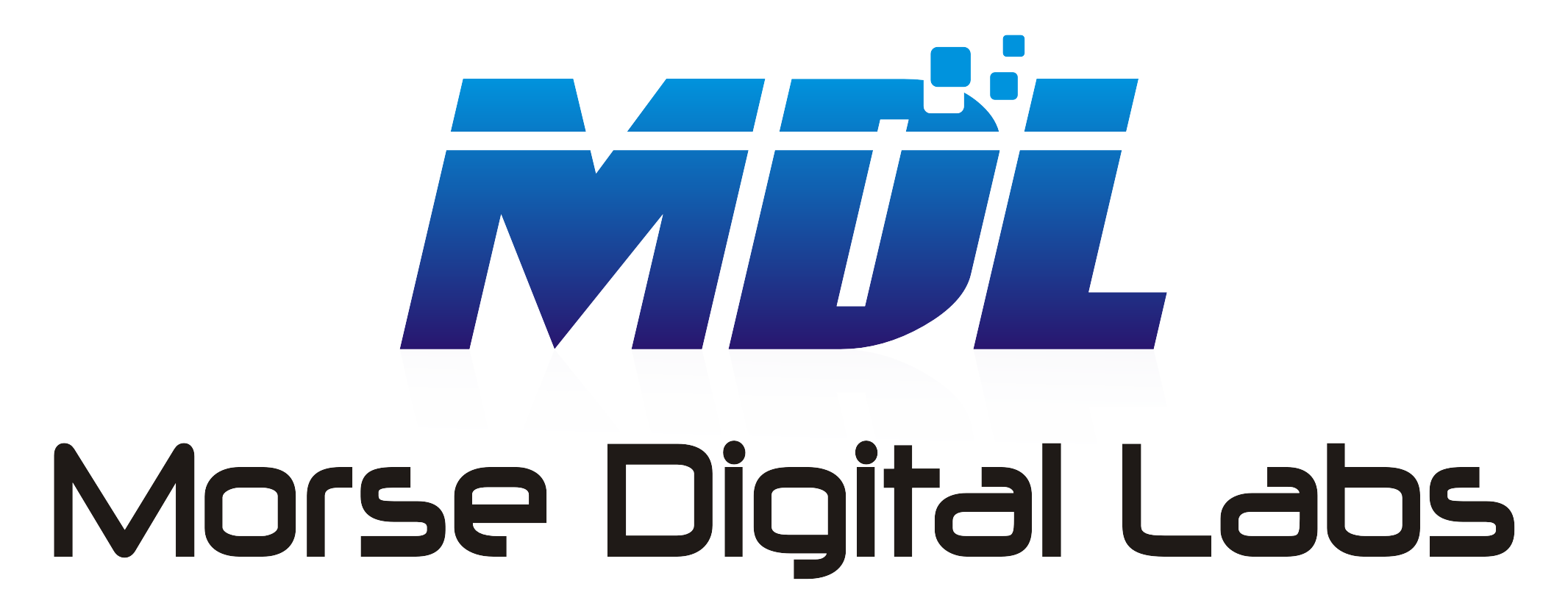Open source computer software has become increasingly popular in recent years, and for good reason. Open source software is free, highly customizable, and often more secure than proprietary software. However, there are also some drawbacks to open source software that should be considered before making the switch.
One of the biggest pros of open source software is that it’s free. This means that you don’t have to pay for the software, which can be a huge cost savings for businesses or individuals. Additionally, since the source code is available, it can be customized to meet your specific needs. This can be a great benefit for businesses that need to tailor the software to their specific needs.
The main con of open source software is that it can be more difficult to use. The user interface may not be as intuitive as that of proprietary software, and it may take some time to get used to. Additionally, since the software is not supported by a company, you may have to rely on online forums or other resources to troubleshoot any issues you may have.
Another potential downside to open source software is that it may not be as secure as proprietary software. Since anyone can access the source code, there is the possibility that malicious users could find and exploit security vulnerabilities. Additionally, since there is no company providing updates, you may not be able to stay up to date with the latest security patches.
Finally, open source software may not be as feature-rich as proprietary software. Since it is developed by volunteers, there may not be as many features available as with a paid product. Additionally, since the software is not supported by a company, you may not be able to get any help if you run into any issues.
Today there are open source software alternatives to almost all popular commercial proprietary applications. For example, consider the excellent Microsoft office applications. Alternatives include Apache OpenOffice and LibreOffice. Both are excellent and close enough to Microsoft Office that the transition is easy.
GIMP is another great example. It is an open source alternative to Adobe’s Photoshop. It has been around a long time and is quite mature with a huge online community to provide helpful support when needed.
Overall, open source computer software has many benefits, but it also has some drawbacks. It is important to consider these pros and cons before making the switch to open source software. If you are looking for a cost-effective, customizable solution, open source software may be the right choice for you. However, if you need a more reliable and secure solution, you may want to consider a paid product.
Note: This post was compiled with the assistance of an AI. However it was modified considerably for accuracy and content. Please see my upcoming post on geraldmorse.com for notes of my experience.
Photo by Luke Peters on Unsplash

